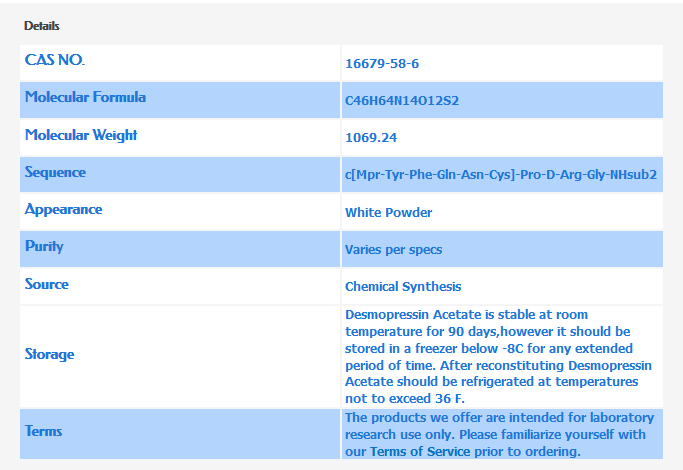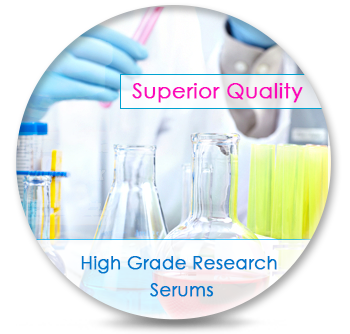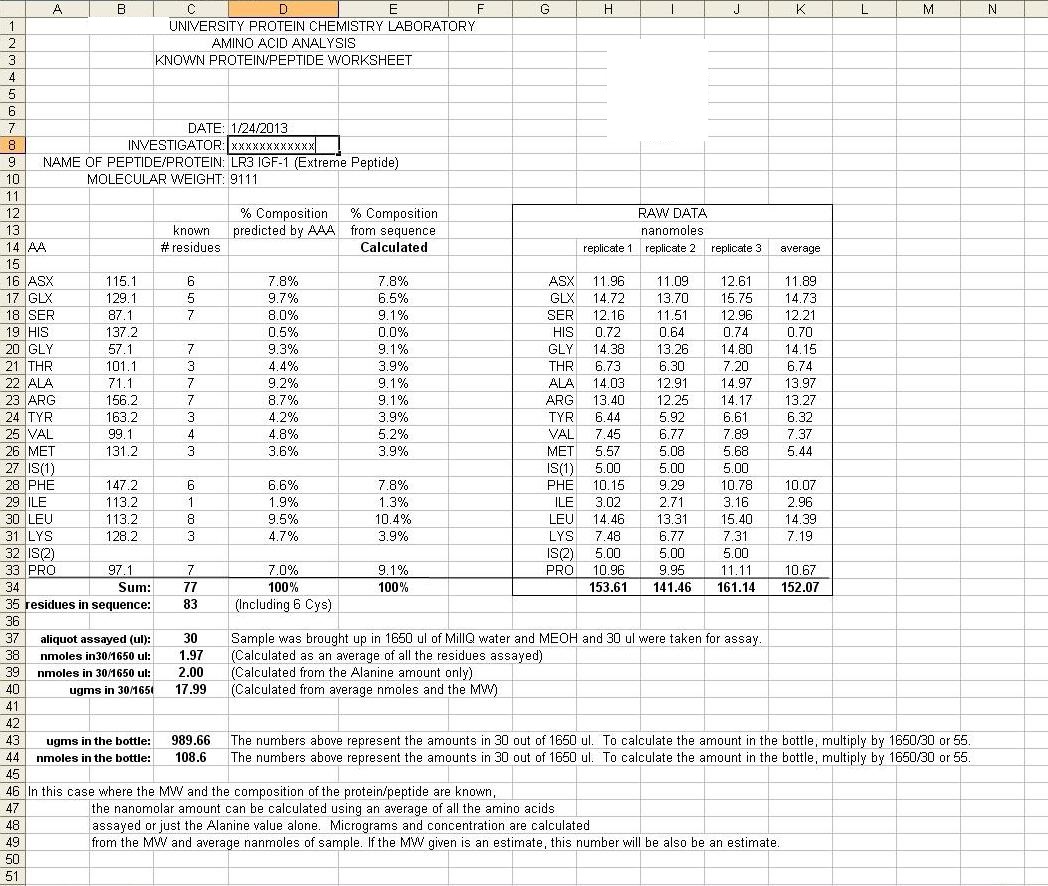We have had a busy summer over here at Extreme Peptides. If you are new to our blog, we would like to welcome you and take this opportunity to take a look at some of the important product reviews and research we have been doing on the industry.
One of the most recent studies we did was a series on how peptides are manufactured.
Find the links to the articles below:
In the “How peptides are manufactured” series we covered all of the bases. An excerpt that I found interesting:
There is no question that there are billions of molecules of peptides available in nature. On the other hand, gaining access to pure quantities of them can be very difficult. This is just one of many reasons why researchers are increasingly relying on ways to manufacture synthetic peptides. While discovering brand new ones still requires the usage of organic, living cells, producing them in useful quantities tends to make it easier to go past that point.
Hopefully with time, scientists and research professionals will be able to fine tune the development of peptide manufacturing in their own labs. Until then we will continue to deliver the highest quality standards as a supplier to make sure peptide research can continue at full speed.
These next 3 case studies we did are my favorite. We always strive for the highest quality standards, in our products, but also in our content. These 3 article were naturally sited by Wikipedia editors, referencing us as being an authority on matters regarding different peptide topics. This is a huge honor and we look forward to producing more Wikipedia worthy content.
View the articles below:
If minor variations of the peptide can be found in abundance in a given sample, the comparison that was demonstrated using this method can be used to create a library search for these peptides.
The subtractive analysis of the analysis has been found to be particularly effective in managing the tandem mass spectra experiments that include LC/MS/MS chemicals.
Our “Aicar” studies have also gained a lot of attention over the past few months. These two articles are among the best work we have completed to date.
Click the links below to review those studies:
The development of aica-ribotide encourages these chemicals to enter de novo synthesis pathways, encouraging adenosine synthesis. This will inhibit adenosine deaminase which causes the ATP levels to increase. Adenosine levels will also increase with this application.
A specific application size for combinations of GW1516 and aicar has not yet been determined, nor has the increased risk of side effects in larger applications. Taking care to note side effects in animal test subjects is essential for those that are planning a long term application plan for continuing research.
Aicar is one of the most popular items in our store. If you are interested in test results regarding purity where our products are concerned, you can click here to review recent test results we have processed.
In our industry has a few extremely popular items. The research being conducted with Melanotan II and CJC-1295 seems to be more frequent or in depth due to the amount of orders and inquiries we receive on a daily basis. Another one of our more popular products is IGF-1 LR3.
Find the related research articles below:
Some studies have indicated that injecting igf 1 lr3 into an animal causes the animal to burn fat more effectively by increasing neuro function. However, igh lr3 is found to be significantly more effective in creating these results. Studies are ongoing to determine how these chemicals interact with the natural chemicals in animals to create these effects at an optimum level, or the side effects these chemicals may have on the animals’ bodies.
We are certain that you will find plenty of other useful information on our peptides and research chemicals if you poke around! We will check back in with another review in a couple of months! Enjoy!
*Our products are for scientific research purposes only. (Click here to read our disclaimer)
Click here to view the homepage of our store
Click here to view our entire PDF research library
Click here to view or download this article in PDF format


